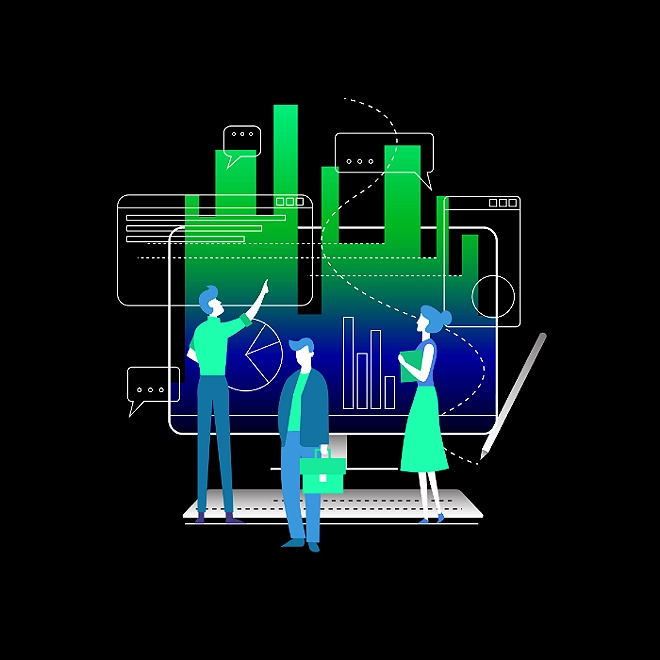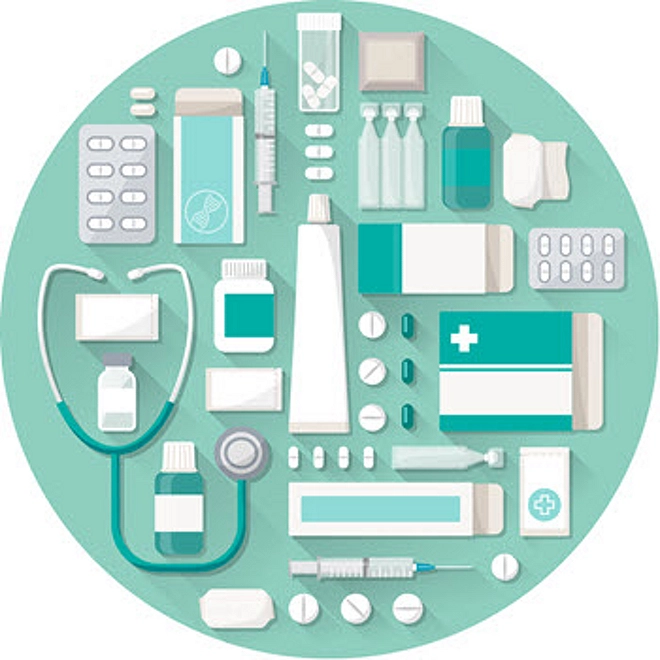2024 Global Healthcare Sector Outlook
Navigating transformation
The global healthcare sector is undergoing a period of unprecedented transformation, driven by technological advancements, demographic shifts and evolving patient needs. In 2024, several key trends are poised to shape the future of healthcare delivery. How can sector leaders and stakeholders prepare themselves for this profound change?
COVID-19 has had a profound effect on how health care is being practiced in both industrialised and developing countries. It has changed global demands for an increased focus on sustainability and resiliency which was not present prior to the epidemic. What stands out most is that, after the pandemic, we will never be able to think about health care in the same way again. In our 2023 Global Health Care Outlook, we examine the current state of the sector and explore insights around international health policies, identifying emerging threats to public health, and how technology will change health care delivery over the next decade. We also look at the five key areas that are critical to this transformation, and we pose questions and suggest actions that professional can take to lead this transformation.
Explore and download the key issues below:







